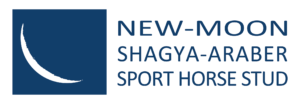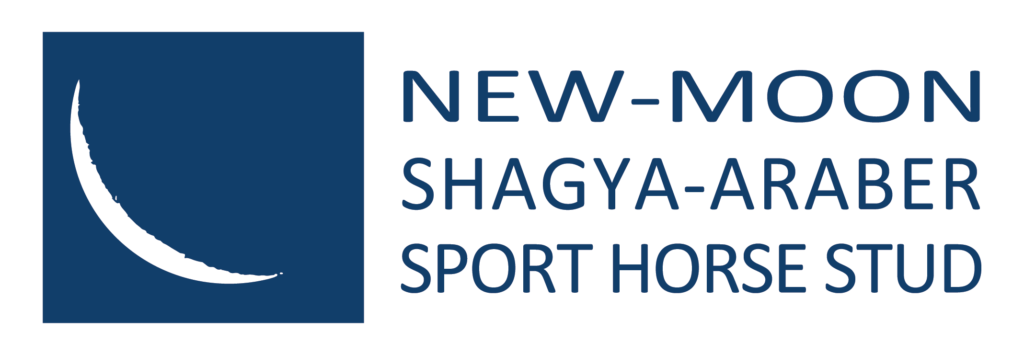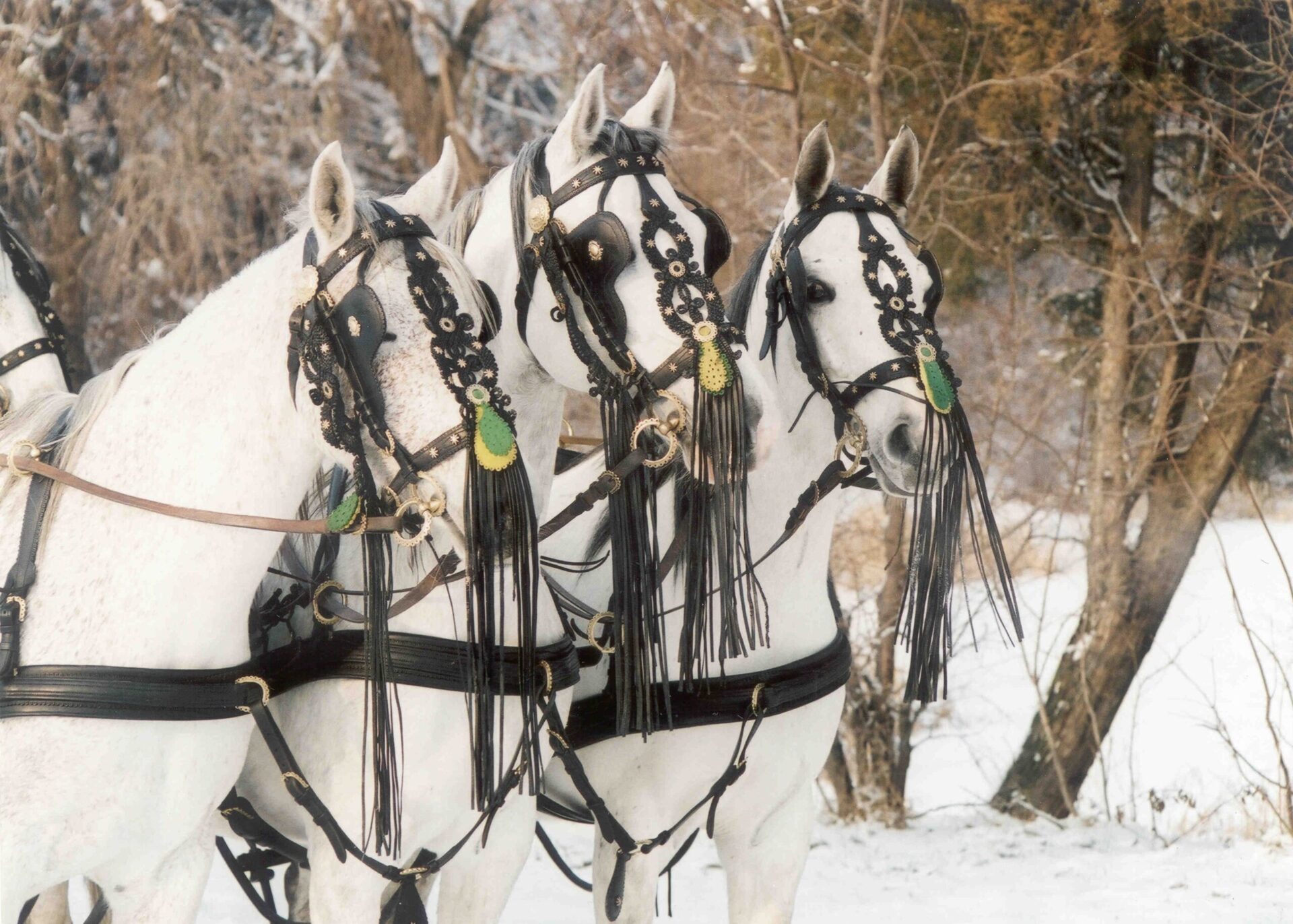The Shagya-Araber emerged from the Austro-Hungarian Empire during the latter part of the 18thcentury.
Hungarian nomadic tribes arrived in the area now known as Hungary during the “great migration” between the 5th and 9th centuries AD. Men and boys travelled on the backs of their oriental horses, with the women following in horse-drawn carriages.
Their horses originated on the Mongolian plateau, and were influenced by noble oriental breeds along the migration route. They were elegant, frugal and hardy, with great endurance capabilities.
The tribes remained and settled, but for several hundred years used their quick agile mounts to plunder and raid cities in Italy, Germany, France and Spain. The Hungarian horsemen were fearsome mounted warriors, able to accurately shoot arrows in all directions (including backwards) while galloping steeds guided only by seat and legs.
During the period when European principalities were won and lost by the quality of their cavalry, the rolling grasslands of Hungary became renowned for developing endurance and soundness in horses, two immensely valuable qualities in a cavalry horse. By the fourteenth century, Hungary was exporting cavalry horses throughout Europe.
Ottoman Turks invaded Hungary in 1526, and remained in central Hungary for 150 years. They brought with them oriental horses from Arabic-speaking regions, which were crossed with the local horses to develop an outstanding line of fast light horses for the nobility.
During the more peaceful seventeenth century, larger western breeds became popular for riding and carriage work amongst the nobility, and replaced the lighter local horses in many breeding programs. Farmers, however, continued to breed with local bloodlines and were responsible for keeping the military supplied with mounts.
Over time it became clear that farmers could not produce enough horses to meet the requirements of the Austro-Hungarian militiary. This issue was compounded by farmers choosing to breed smaller horses, to avoid their horses being drafted for the militiary.
In 1789, Emperor Joseph II established the Babolna Royal and Imperial Stud in southeast Hungary. His goal was to produce a light cavalry horse with speed, endurance, thriftiness, and soundness, and with a temperament suitable for the average rider to handle over long distances and in the midst of battle.
Several expeditions were made to the Arabian desert, to purchase purebred Arabian stallions to use with the local Hungarian mares (which were mainly of oriental breeding, but also Arabian, Arabian crosses, Lipizzans and some Thoroughbreds). The stallions were performance-tested under saddle and/or in harness. They were screened for jumping ability and temperament by hunt clubs, and then required to pass a ten day 480 mile endurance test, which included some sprints. Attitude and riding quality were traits that were particularly stressed. Mares were raced and driven 5 in hand.
The stallions were also progeny-tested for 3 years, whereby they were bred to 30 mares per year. All offspring had to be an improvement upon the quality of their dams before the stallions were approved for the new cavalry breeding program.
By the 1930’s, up to 3,000 horses were being produced each year, allowing for rigorous selection of breeding stock. Only an elite few were selected to continue the breeding program. The majority of horses were used to supply the military. The systematic efforts of the Hungarian breeders have resulted in a prepotency and genetic predictability that is still evident today.
The breeding program was devastated by WWII, with many horses lost during this period. A number, however, were rescued with the Lipizzans from Piber, and some escaped to Western Europe and to the US. Some horses disappeared to studs behind the Iron Curtain, only to be re-discovered in more recent times.
The breed did not really begin to recover until European warmblood breeders recognised their genetic potential in the 1960’s, and began using them to improve their warmblood sport horse breeds.
Initially referred to as Babolna Arabians, or Araberrase, the name of the breed was changed to Shagya-Araber in 1976, to avoid confusion with the purebred Arabian. Shagya was the name of one of the most influential of the early Arabian imports, and proved to be a very prepotent sire. He is found in the pedigree of nearly every Shagya-Araber horse.
The breed was accepted and approved by WAHO in 1978. The Internationale Shagya-Araber Gesellschaft (ISG) was formed in 1983 as the governing body for the breed. The Shagya-Araber studbook at Babolna contains an unbroken lineage back to the establishment of the stud in 1789.


